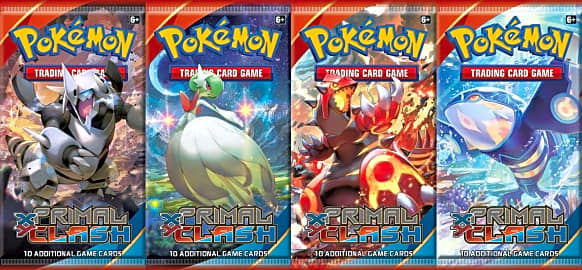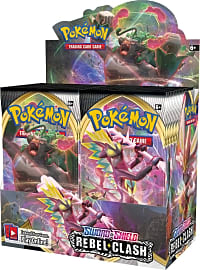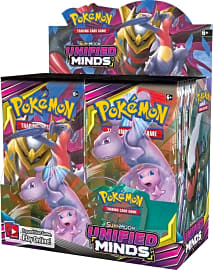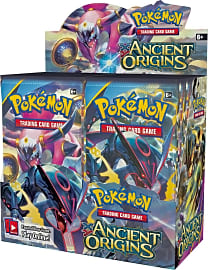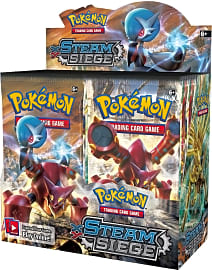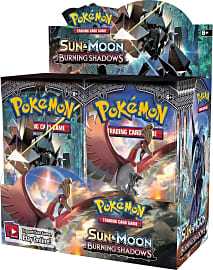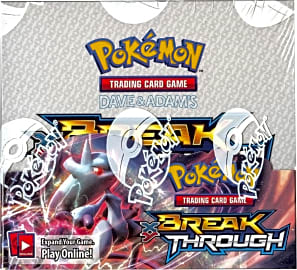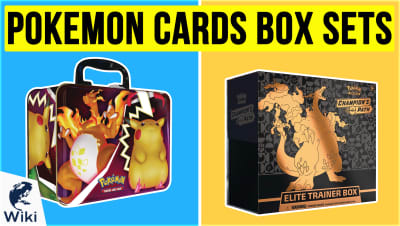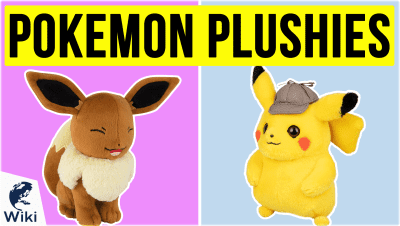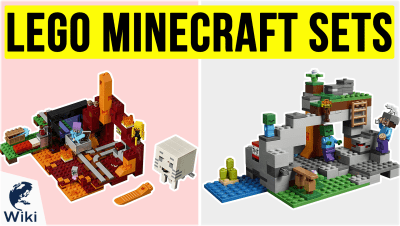The 10 Best Pokemon Booster Boxes

This wiki has been updated 38 times since it was first published in January of 2017. For the typical Pokemon trading card enthusiast, a booster box, which includes a wide variety of individual packs, might as well be a treasure chest, as they are chock full of favorite characters and special support cards. Any of the selections on our list promise to increase your chances of obtaining rare or ultra-rare cards while significantly decreasing your cost per pack. When users buy our independently chosen editorial picks, we may earn commissions to help fund the Wiki.
Editor's Notes
November 06, 2020:
For this update we made substantial changes to keep up with the multiple yearly releases that come with each generation. But we left a good ratio of some older favorites that will appeal to collectors more than players.
For the competitive player we included the best of the current generation's Sword & Shield series, Darkness Ablaze and Rebel Clash. These sets are essential as they contain plenty of the Pokemon V and the over-sized VMAX characters. Darkness Ablaze in particular features the Charizard V, the most powerful iteration of this character yet.
The Detective Pikachu Treasure Chest will mostly appeal to fans of the movie as most of the packs inside relate to a movie and not to any particular set, but it does include two booster packs from the Sun and Moon generation. Plus it comes with some fun extras, making it great for gifting.
We also added the Sun & Moon Unified Minds as an essential set from the 7th generation, as the Unified Minds refers to the eight tag-team pairs that add a new dimension to your Pokemon battles.
April 03, 2019:
Looking at reports of the Ancient Origins Display, we found instances of up to 10 ultra-rare, numerous full arts, and more than a dozen holo cards in a single booster. A few users were disappointed with a lack of certain hard-to-find, special cards, but far more were quite happy with the results, which his why we increased the ranking of this set.
On the other hand, we chose to demote the XY Breakthrough; we discovered several examples of people that were dissatisfied with the number of common, boring cards they pulled from these packs. Given its price, this option doesn’t appear to be one of the better values.
In terms of new additions to the list, we have the Sun & Moon Forbidden Light, Generations Elite Trainer Box, and XY Primal Clash. The Sun & Moon focuses on Ultra Beast Pokemon, which differentiates it from most booster boxes, while the Elite Trainer Box stands out as a genuine collector’s item. We say this because it includes a snazzy storage box, 65 sleek card sleeves in a black-and-gold design, and a ceremonial coin-flip die. The XY Primal Clash contains a bit of everything: old characters, new releases, and plenty of rare special cards to keep things interesting.
A Brief History Of The Pokemon Franchise
Tajiri was the writer and his friend Ken Sugimori was the illustrator.
The Pokemon game concept all started with Satoshi Tajiri and his favorite childhood hobby — catching tadpoles and insects in his backyard in suburban Tokyo. In the 1980s, Tajiri was one half of a two-man team publishing Game Freak, a popular Japanese gaming magazine. Tajiri was the writer and his friend Ken Sugimori was the illustrator. After becoming disenchanted with many of the video game titles being released at the time and feeling they were lacking in quality, the duo decided to try their hand at developing games themselves. In 1989, Tajiri and Sugimori focused the publishing company more heavily on game development, and soon after pitched their first title: Quinty (released as Mendel Palace in North America). Quinty, which was picked up and published by Nameco, turned out to be very popular.
After a few other successful titles, Tajiri and Sugimori pitched the idea of Pokemon to Nintendo. Just like Tajiri's childhood hobby, it revolved around catching creatures, though this time the creatures were strange and unusual monsters. The publishers at Nintendo weren't overly excited by the concept, but decided to give Tajiri the benefit of the doubt based on the popularity of his previous games, and so Pocket Monsters: Red and Green was born. It was the first installation of a gaming franchise that would go on to become the one of the largest in the world, second only to the likes of Mario.
Pocket Monsters: Red and Green debuted on February 26th, 1996 as a basic role playing game on the Nintendo Game Boy platform. It quickly gained a following of dedicated gamers, which prompted the release of the Pokemon Trading Card Game in October, 1996. The trading card game was a tabletop version of the Pokemon video game and featured illustrations by Sugimori.
Since the initial release of the Pokemon video game and its trading card game counterpart, the franchise's popularity has rarely waned. Not long after Pocket Monsters: Red and Green was released, an enhanced Blue version was released. In 1998, Pokemon video games debuted in the United States, garnering the same level of popularity as they did in Japan. In 1999, the second generation of Pokemon video games, Pokemon Gold and Silver, was released. This was followed by the third generation, Pokemon Ruby and Sapphire, in 2002. Along with the release of each new game, the developers added more monsters. The original version had just 151 species and by the 7th generation, released in 2016, there was a total of 802 monster species. Also released in 2016 was Pokemon Go, a completely new concept that started a craze of its own.
The Pokemon Go Craze
Pokemon Go was a freemium, location-based augmented reality game produced by the American software development company Niantic and released in collaboration with Nintendo. It was compatible with both Android and iOS phones and made use of the device's GPS to locate, capture, battle, and train Pokemon creatures. As people traveled to different real-world locations, the creatures would appear on the device's screen looking very much like they were interacting with physical objects in the person's surroundings. For example, players visiting the National Mall in Washington D.C. saw Ponyta, a flaming demon Shetland, gallop across it on their screen, while the mole-like creature Diglett was seen peeking out of toilets in some public locations.
The game was released in July of 2016 to mixed critical reviews. Some praised the real-world interactivity and the game's ability to make people more physically active in a fun way, while others criticized the many technical issues it encountered. Whatever the critics' opinions may have been, there is no doubt that public opinion was overwhelmingly positive. Within days of its initial release, Nintendo earned over 4 million from in-game purchases that made it easier to catch the monsters.
Within days of Pokemon Go's North American debut on July 6th, over 10 million users were actively using the game. By July 11th, Nintendo's stock had skyrocketed by 60 percent, increasing Nintendo's value by more than 9 billion. During 2016, over 500 million people downloaded Pokemon Go worldwide, making it one of the most downloaded and profitable apps of the year.
Pokemon Card Game Tips For Beginners
The Pokemon Trading Card game can seem intimidating for new players, but it doesn't have to be that difficult. After learning the rules and basic playing concepts, there are a few things you can do to quickly advance your skills as a player. One of the most difficult things for new players is often learning how to build the best deck possible. When building a deck, you must have a strategy. Just choosing your favorite character and a bunch of other random cards will often result in you losing the game. That doesn't mean that you can't use your favorite character. You just need to analyze their strengths and weaknesses, and then choose supplementing cards that support your character's offenses and defenses.
You just need to analyze their strengths and weaknesses, and then choose supplementing cards that support your character's offenses and defenses.
You can also look at successful desk lists online. There is nothing wrong with copying successful decks until you learn how to create your own. When copying a successful deck list, don't just use it without putting any thought into it. Instead, try and analyze the deck creator's strategy behind it. As you learn to understand the reasons why decks have been composed in a certain way, you will get better at creating your own. You can also make small adjustments to the deck list to better suit your playing style or see how they effect the outcome of matches.
As with anything else, practice will make you better. There are a number of online Pokemon Trading Card Game tutorials that you can complete. After every two or three tutorials you complete, play against the computer in Trainer Challenge and put your new strategies to the test. Over time, you will develop your own playing style. Battling the computer is no substitute for real game play, though. If you don't have anyone to practice the physical game with, you can play online games against fellow players.


